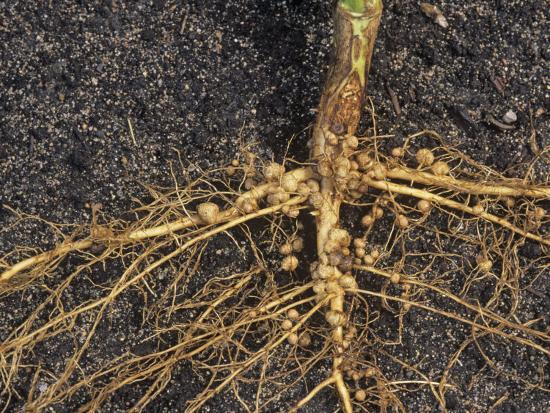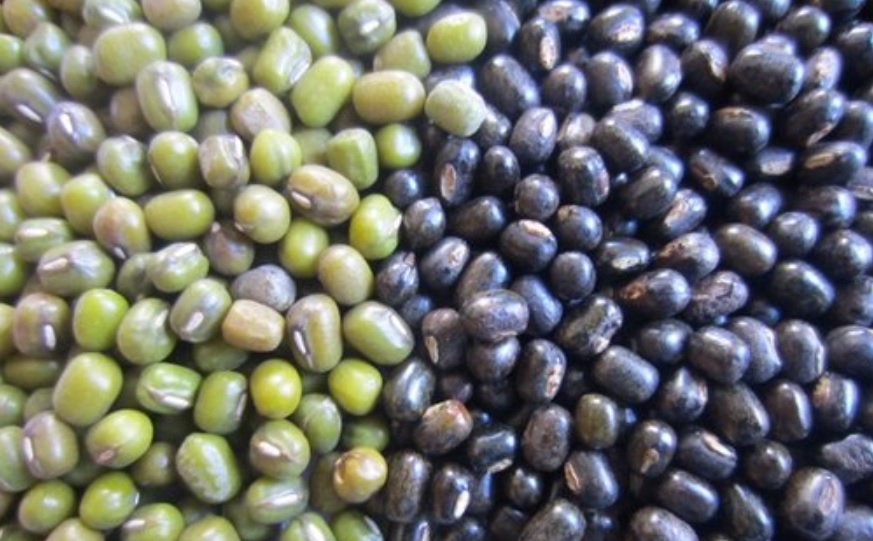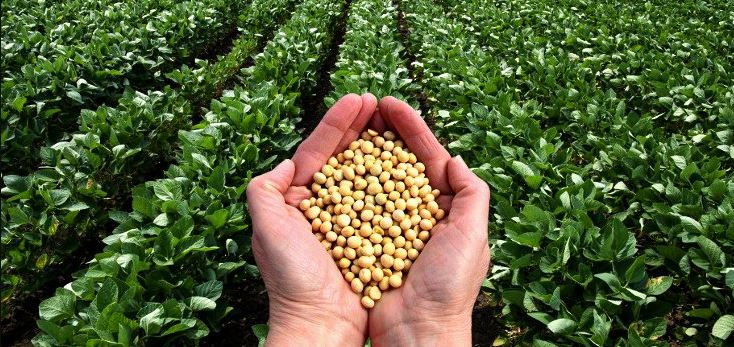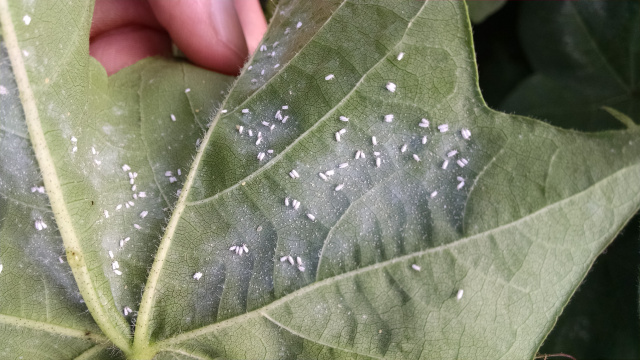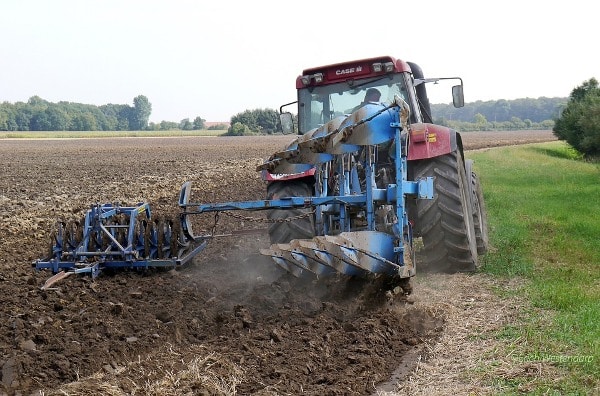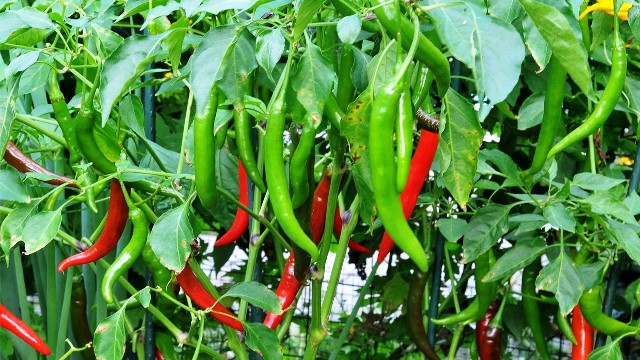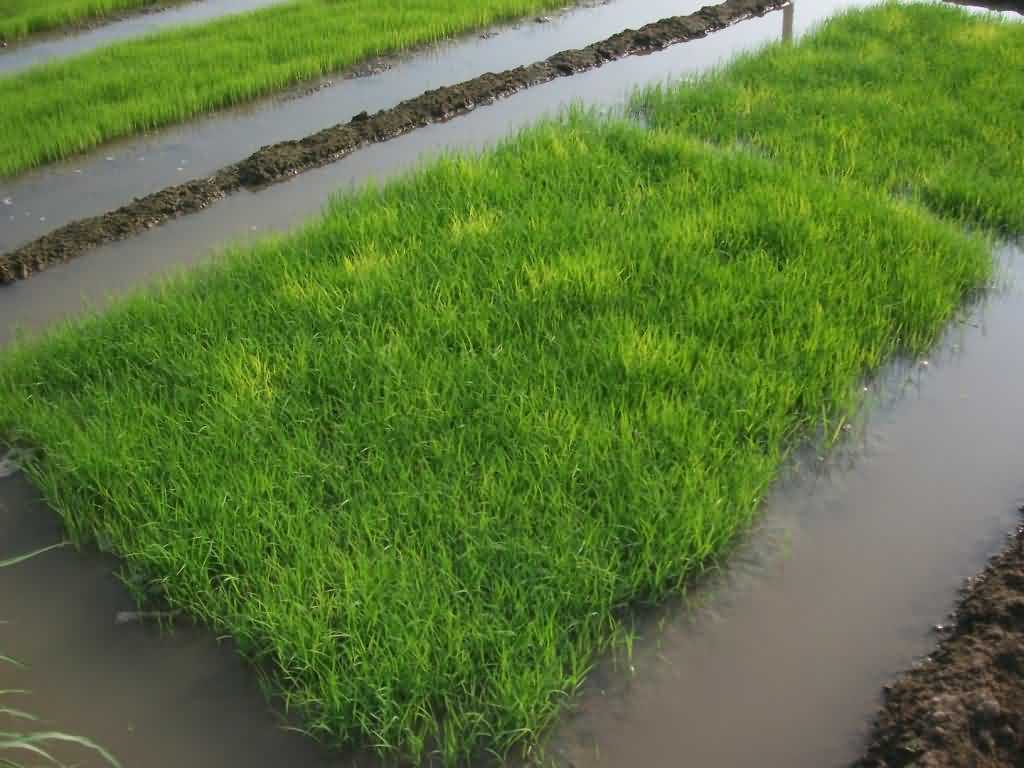- Rhizobium is a bacteria found in soybean roots which increases the crop yield by atmospheric nitrogen fixing. But currently the amount of undesirable elements in the soil has so much increased that the bacteria of Rhizobium in the soybean crop are unable to function to the best of their ability.
- Therefore, using Rhizobium culture produces fast legume in the roots of soybean crop and increases the yield of soybean by 50-60%.
- The use of Rhizobium culture increases about 12-16 kg of nitrogen to the soil per acre.
- Rhizobium culture is done by adding 5 grams per kg of seed for seed treatment and 1 kg of culture per 50 kg FYM before sowing for soil treatment.
- Nitrogen deposited by Rhizobium bacteria present in the roots of the pulses is used in the next crop, which also requires less fertilization in the next crop.
Registration for purchase of Urad and Moong started at MSP in MP, this is the last date
The harvesting of moong and urad crop has started by farmers, and the process of registration has also started for procurement of moong and urad on MSP from Madhya Pradesh government. This process has been started from 4 June and its last date is 15 June.
These dates have been announced by tweeting through the official Twitter handle of Madhya Pradesh Agriculture Department. State Agriculture Minister Kamal Patel also retweeted this tweet from the Agriculture Department on Tuesday through his official Twitter handle.
It is important to note that the wheat procurement work has been finished in the state and after that the work of purchasing other crops is also being started slowly so that farmers can focus on their other crops.
Source: Madhya Pradesh Agriculture Department
ShareCurrent advice related to Soybean cultivation in the changing environment
For the cultivation of soybean, sow after 20 June. Rainfall is likely to occur by the end of September this year, so short-term soybean varieties may be a problem. Hence long-term soybeans can be used for early planting. For seed treatment, take out the seeds of soybean and prepare the seeds after treatment.
For seed treatment use clean and Vitavax 2.5 gram per kg seed and Jhalora 2.0 ml per kg seed, P Rise 2.0 gram for organic seed treatment along with Rhizo Care 5 gram per kg. It is necessary to treat soybean with Rhizobium at the rate of 5 grams per kg of seeds. If there is a problem of drying soybeans in your field, then spread the rhizocare 500 grams per acre with good ripe dung manure. Be sure to use Soybean Samriddhi Kit before sowing.
ShareProtection white fly in cotton
- Its nymphs and adults suck the juice by sticking it on the leaves, which causes light yellow color to fall on the leaves. Later the leaves become completely yellow and deformed.
- This pest helps to spread viral disease.
- To control this, Diafenthiuron 50% WP 250 gm or Pyriproxyfen 10% + bifenthrin 10% EC 250 ml or
- Spraying of Flonicamid 50% WG 60 gm or Acetamiprid 20% SP 100 gm per acre in 200 liters of water.
How to prepare the field for sowing Soybean Crop
- Preparation of the field should start with a deep plowing, after that, 2-3 plowing harrows or with the help of a soil turning plow, soak the soil so that the water holding capacity of the soil is increased and seed germination can also be done well.
- In May and June, the sunlight falls directly on the ground and the temperature is high, due to destroyed weeds, their seeds, harmful pests, and their eggs, pupa as well as the spores of the fungi present in the soil on deep plowing.
- At the time of final plowing, mix 7 kg Soya Samriddhi kit issued by Gramophone in 4 tons FYM and level the field by running a pot.
- There should be moisture in the soil while using this kit.
Improvement in essential commodities law, farmers will be able to sell produce outside the market
In the second cabinet meeting in a week held at the Prime Minister’s residence on Wednesday, several decisions related to farmers have been taken. It was said in this meeting that India is moving in the direction of One Nation One Market. During this period, the declarations of farming were approved under the Self-Reliant India Package and many agricultural products were removed from the Essential Commodities Act.
Along with this, farmers have been allowed to sell products outside the APMC Act. Now the farmers will be able to sell their produce directly to the exporters in addition to the mandi so that they will get more profit.
The Essential Commodities Act is more than six decades old, which is now amended by the government. Under this amendment, essential commodities like cereals, pulses, potatoes, and onions, etc. have been removed from the law. The government has taken this decision to improve the agricultural sector and to increase the income of farmers.
Source: Amar Ujala
ShareTransplanting method and fertilizer management of Chilli
- In the field, deep plowing and 3-4 plowing with harrows or native plow should be done. By doing this, the harmful insects present in the soil, their eggs, the pupa, spores of the fungi are also destroyed. After that field should be platted.
- After the final plowing, the ‘Chilli Samriddhi Kit’ published by Gramophone, which has a volume of 6.3 kg, should be mixed well with the final plowing or sowing time @ 5 tonnes per acre FYM. After that, give light irrigation.
- After 35 to 40 days of sowing the chilli plant is ready for transplanting. Transplanting of rainy chilli plants should be done from mid-June to mid-July.
- Before transplanting, light irrigation should be done in the nursery and the field, by doing this the root of the plant does not break, the growth is good and the plant gets planted easily.
- After removing the plant from the nursery, it should not be kept directly in the sun.
- For good growth of roots, make a solution in one-liter water at 5 grams of mycorrhiza per liter. After this, the roots of chili plants should be submerged in this solution for 10 minutes. After adopting this process, transplanting in the field so that chilli plants remain healthy in the field.
- The distance of chili plants should be 60 cm and 45 cm from a distance of row to row & plant to plant respectively. Light water should be given to the field immediately after transplanting.
- At the time of transplanting fertilizer basal dose 45 kg Urea, 200 kg SSP and 50 kg MOP should be broadcast in the one-acre field.
Selection of nursery area and preparation of nursery for paddy crop
- For preparing healthy and disease-free plants, proper drainage and high nutrient loamy soil is suitable and select the nursery near the source of irrigation.
- By plowing the nursery area 3-4 times in summer and leaving the field empty so soil-related diseases are greatly reduced.
- Nursery preparations are done one month before sowing. Weeds should be allowed to grow in the nursery area by giving water at an interval of 15 days and by plowing or
- Destroy the weeds by spraying nonselective weeds such as Paraquat dichloride 24% SL or Glyphosate 41% SL @ 1000 ml per acre. By doing this weeds will also be reduced in the main crop of paddy.
- Add 1 kg of composting bacteria to 50 kg FYM. Then irrigate the field and keep water in the field for two days.
- 1.5-2.0 meter width and 8-10 meter length should be kept for proper care of the nursery beds. The nursery requires an area of 400 square meters for 1 acre.
- In the nursery, the crop requires proper vegetative growth as well as root development. Spray urea 20 kg + humic acid in 3 kg per acre nursery.
- Sowing of paddy should be started as soon as the rain starts. Sowing time is best from mid-June to the first week of July.
Timely advice related to agriculture for farmers in the changing environment
Advice for moong crop:
Seeing the possibility of good rainfall at present, harvest the moong crop as soon as possible. Those whose mung bean crop is slightly green but the legumes have fully matured, harvest the best crop by spraying 100 ml per acre using paraquat dichloride 24% SL (ozone or gramoxone).
Use of composting bacteria:
As you know, the rains have happened before time, so there is a possibility of mold growth and to avoid this, the residues of the remaining crop in the fields need to be rot. For this, spread the speed compost with 4 kg and 500 grams of Trichoderma viridi (Rhizocare) per acre mixed with 50 kg of rotten cow dung in the field. If there is a waste of wheat, 45 kg of urea, and 10 kg of urea if green vegetables are used. Use them only when there is sufficient moisture.
If the farmer does light plowing with the above biological treatment, then chances of good results increase.
Tips for Chili crop:
At this time the safety of chili nursery is very important. Therefore, sprinkle 10 grams of thiomethoxome 25 WG (avidant or Areva) with Kasugamycin 5% + Copper oxychloride 45% WP (Konica) 30 g per pump to protect the plant from fungi and pests.
ShareLast date for registration of crop insurance scheme came, register soon and avail benefits
FasaDue to natural disasters like unseasonal rains, hail, drought, crops of farmers is often affected. The Prime Minister Crop Insurance Scheme protects farmers from these losses. The final date of the crop insurance scheme for this year has arrived. For Kharif crops, the farmers who want to avail of this benefit should insure their crops by 31 July 2020.
Indebted farmers who do not want to avail of crop insurance facility, can give written notice of it in their bank branch 7 days in advance. Apart from this, non-debtor farmers can also insure their crops. For this, these farmers will have to use CSC, bank, agent, or insurance portal.
How to apply?
You can apply for this through the bank and also online. To apply online, go to the link https://pmfby.gov.in/ and fill the form. For this application, a photo and identification card such as PAN card, driving license, voter ID card, or Aadhaar card is required. Apart from this, a document is also required for address proof, for which the farmer has to show the documents related to farming and the Khasra number. For the truth of the crop that has been sown, a letter of pradhan, patwari, or sarpanch has to be given. A cancellation check has to be given so that the claim amount comes directly into the account.
Source: Krishi Jagran
Share
